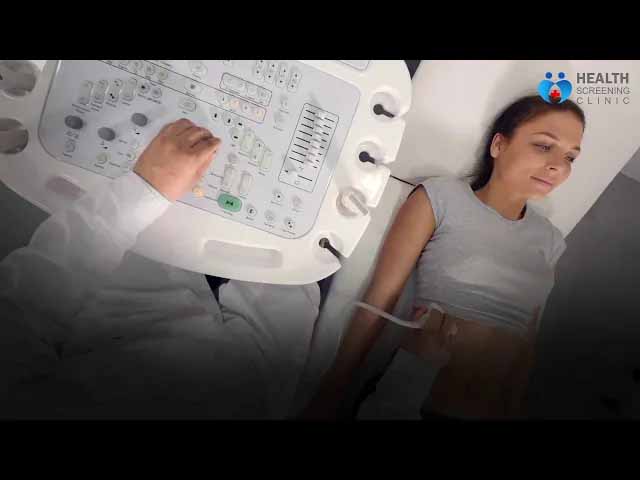URTICARIA, HIVES, NETTLE RASH OR ANGIOEDEMA
Urticaria is a painful rash that develops on the skin’s surface. It migrates all over the skin’s surface,and it’s also known as nettle rash or hives. There are two broad classifications of urticaria which are: Inducible urticaria and Spontaneous urticaria. The latter is further classified into two patterns namely: chronic urticaria and acute urticaria.
Urticaria is mostly associated with deep skin swelling and best described as angioedema. But there have also been cases of angioedema which are not related tourticaria. However, it depends on whether there is a release of histamine into the skin, the body’s tissues or both.
CAUSES OF URTICARIA
Acute urticaria
Most people easily develop an allergic reaction to pet, latex, rubber and certain foods. These are what triggers acute urticaria. Other known causes include an allergy to certain medications such as penicillin, blood pressure pills, tetracycline, and codeine as well as aspirin that has pain killers as its constituent element.
Most children have acute urticaria,andit is commonly caused by the presence of viral infection. They include hepatitis B, glandular, and bacterial infections. As for adults, the common triggers are certain fungi and parasitic infections. Common symptoms ofurticaria in children is an itchy butt caused by an insect bite.
CHRONIC URTICARIA
Tracing the real causes or triggers of chronic urticaria is difficult. It's unlikely that food allergy can trigger it, but some food additives such as benzoate, nitrites and artificial colourings are not ruled out — most times when the cause is difficult to trace, it is always a case of chronic urticaria.
According to research, parasitic or urinary infections, sinus, and ACE inhibitor blood pressure pills may play a role that leads to chronic urticaria.
PHYSICAL URTICARIA
Thisis commonly caused by physical and environmental factors such as intense cold, heat, direct sunlight, water, and pressure on the skin from tight clothes. The sensitivity of the skin varies for all individuals. Hence, what might easily trigger urticaria in one person may delay it in another. For most people, urticariaeasily forms on their skin when they press ice water against it for a few minutes.
SYMPTOMS OF URTICARIA
Visible red patches can be felt moving around the skin every 24hours causing itching. The itching can be intense and lead to insomnia. In the case of chronic urticaria, it tends to fluctuate by appearing several times with viral illnesses. Someone suffering from Urticariamay experience this condition for many years if left untreated.
TREATMENT OF URTICARIA
- Know what triggers your urticaria and avoid them. If your skin suddenly becomes itchy, do not rub it, instead apply moisturisers to reduce the itch and dryness.
- Avoid alcohol intake, food containing additives and heavily processed foods.
- Avoid any food item that has been flavoured with artificial colouring or sweetener.
- Avoid any medication that contains aspirin or codeine. For pain killer, take paracetamol.
- Avoid blood pressure pills such as perindopril, lisinopril and ramipril especially if it is one of your triggers.
- Ensure you go through the side effect listings of any medication before you take them.
- Always read the kind of ingredients and preservatives used in making any food or drink to ensure they are safe for consumption.



